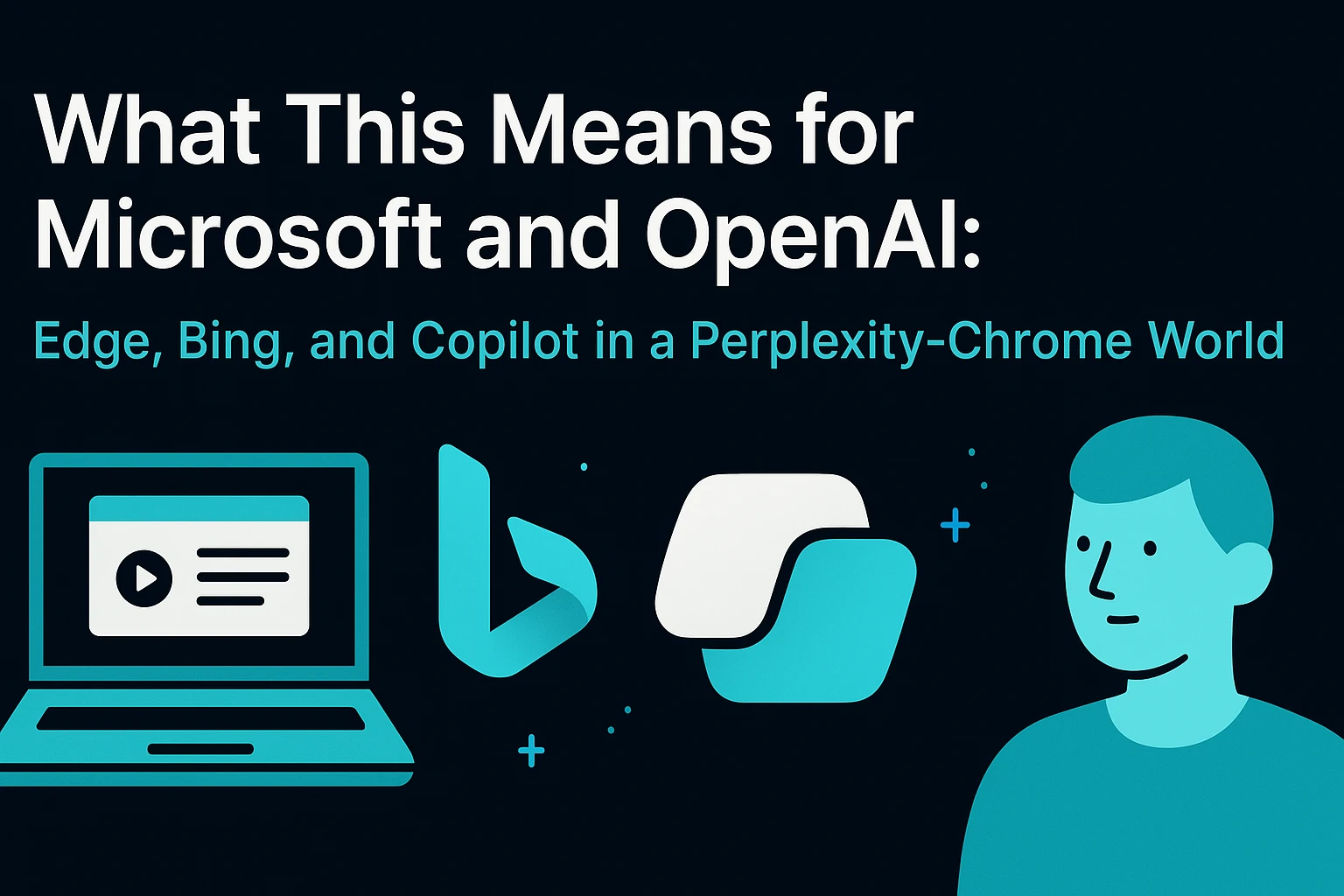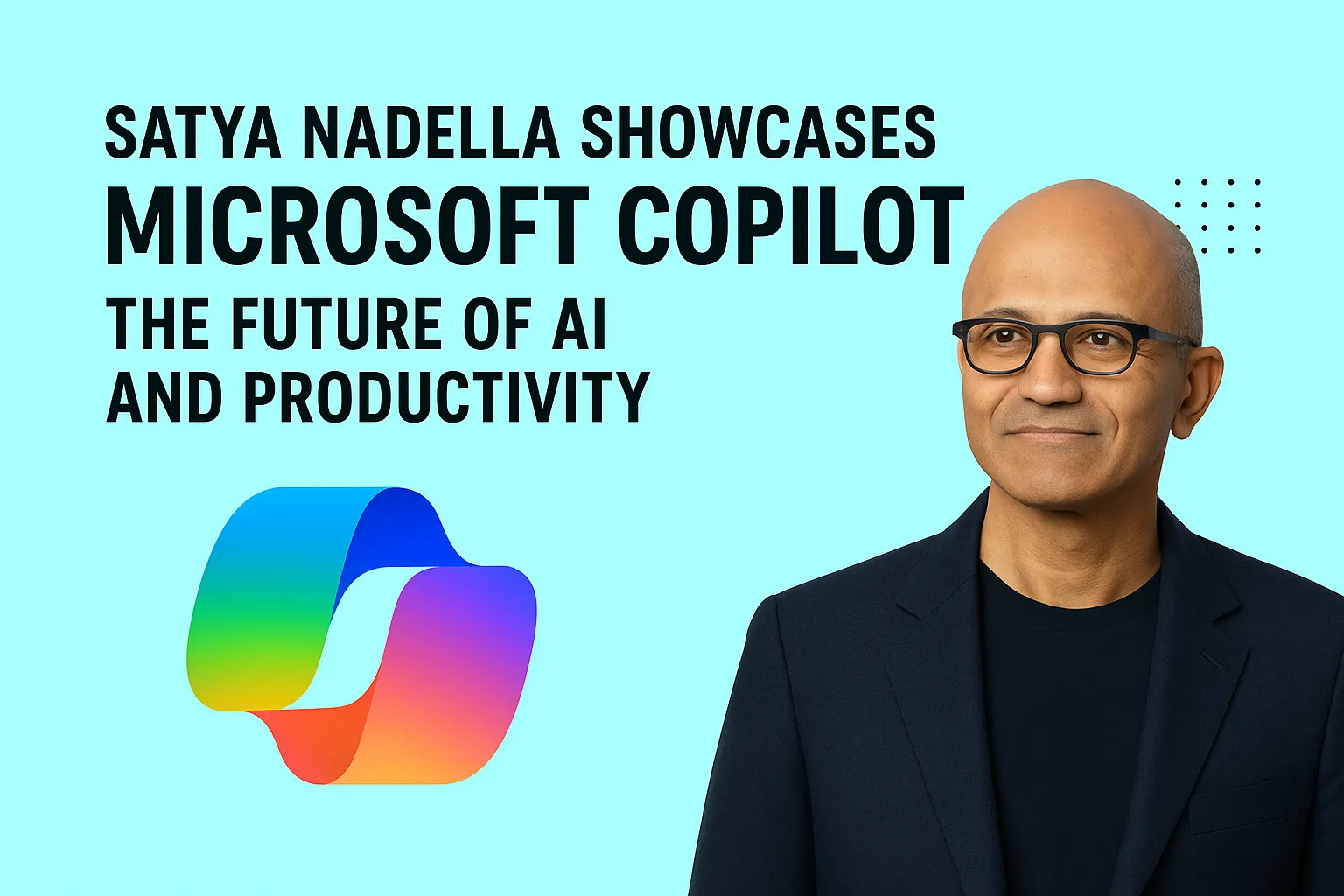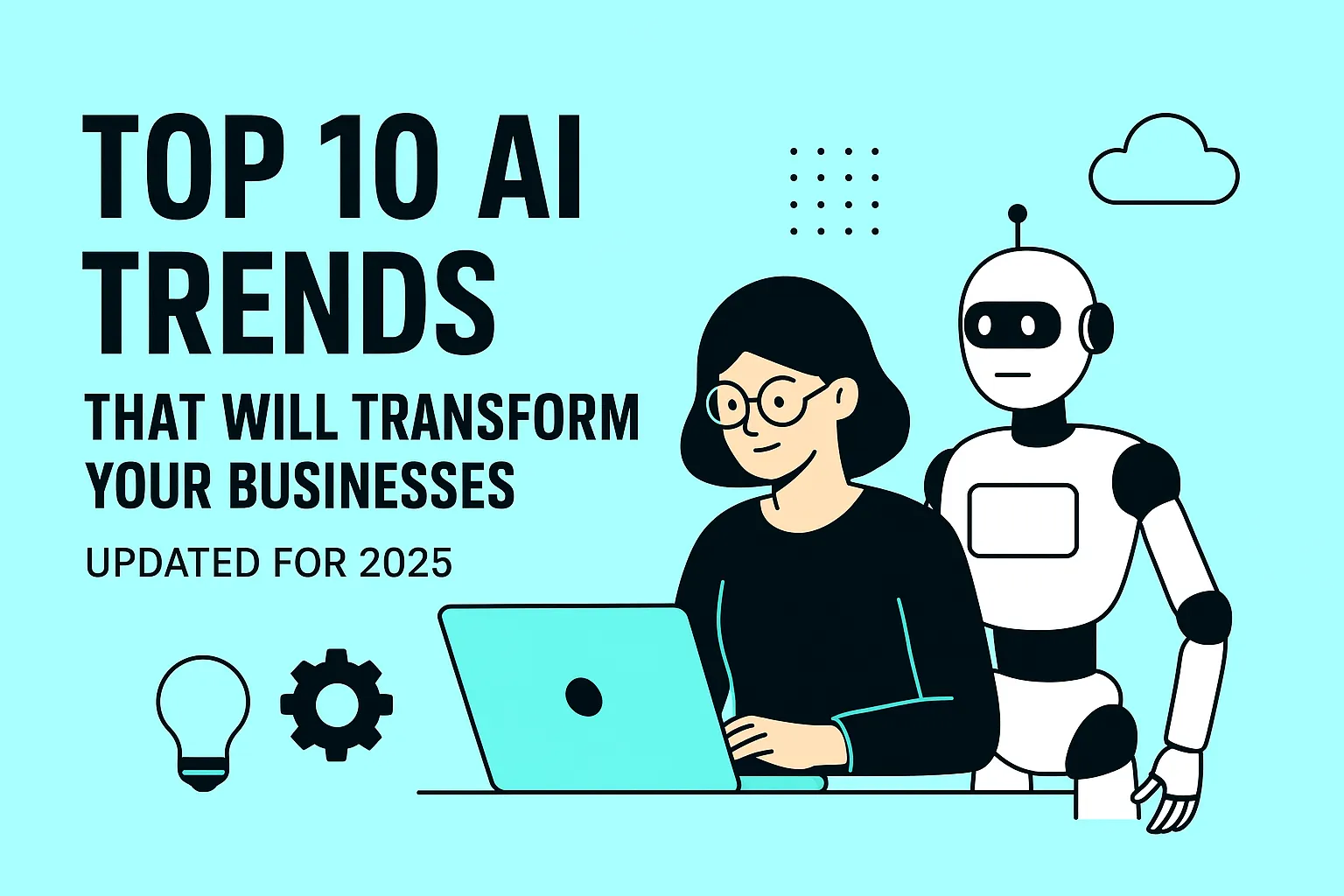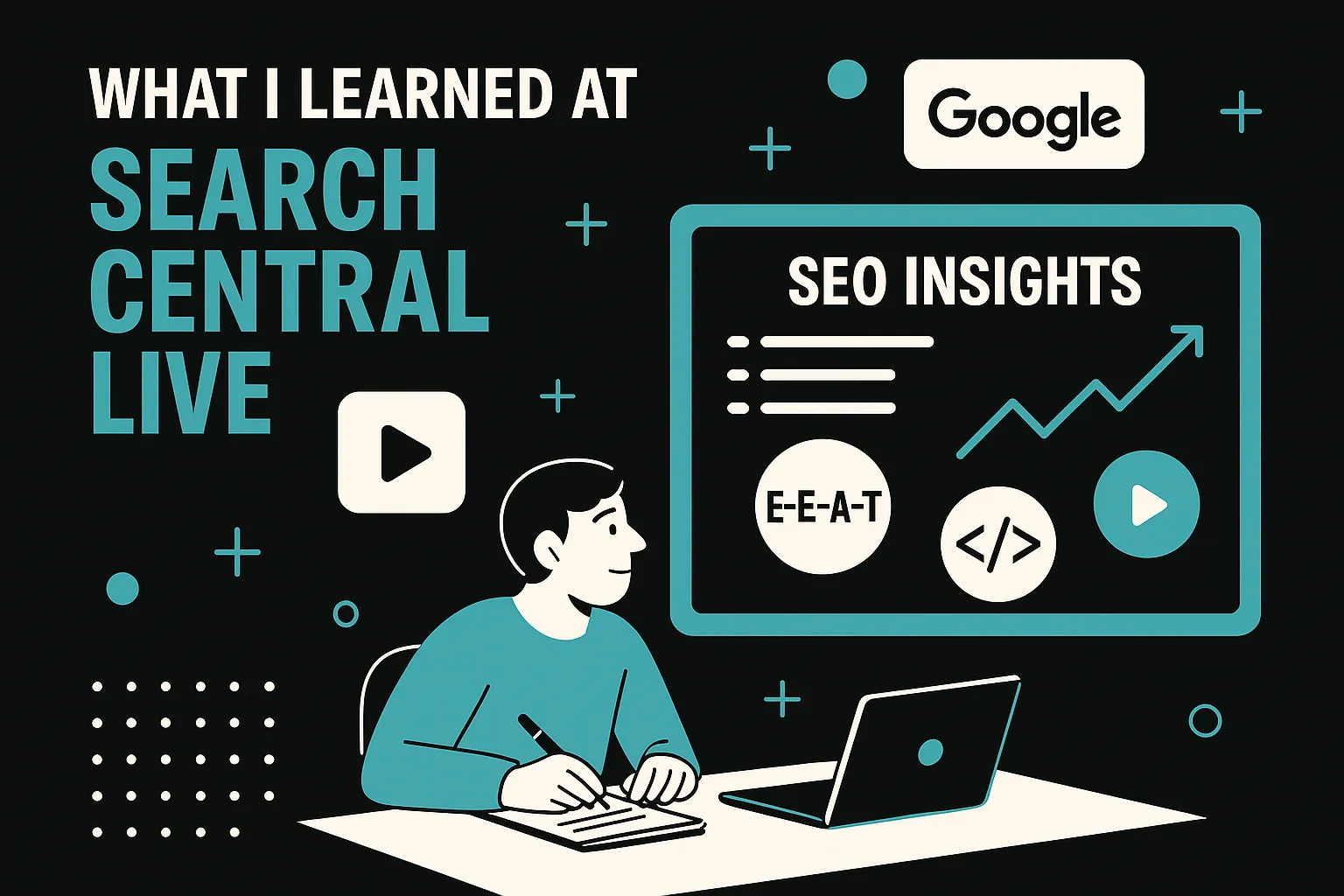A hypothetical where Perplexity AI acquires Google Chrome for $34.5B isn’t just a splashy tech headline—it’s a reordering of power across the browser, search, and assistant stack. If the world’s most popular browser becomes AI‑native and answer‑first under Perplexity, the immediate questions land squarely on Microsoft and OpenAI: What happens to Edge’s roadmap, Bing’s distribution and ad model, and Copilot’s role as the ambient assistant?
Below is a practical, people‑first breakdown: what changes, who wins and loses, and how Microsoft and OpenAI could respond.
The new center of gravity: the browser becomes the AI
In this scenario, Chrome stops being a neutral conduit to search engines and becomes an answer engine with built‑in sourcing, reasoning traces, and tool use. The address bar evolves from a URL/search input into a “task bar” that handles research, summaries, planning, and transactions.
- Before: Search (Google/Bing) was the main aggregation layer; assistants (Copilot/ChatGPT) sat alongside.
- After: The browser itself becomes the aggregation layer—privileging inline answers over outbound clicks, with citations and just‑in‑time browsing.
Implication: Distribution shifts from search engines to the browser’s embedded AI. Whoever controls the default agent controls query flow, data, and monetization levers.
Immediate pressure points for Microsoft
1) Edge’s differentiation must go from “integrated” to “indispensable”
Edge already markets deep Windows integration, enterprise manageability, and Microsoft 365 tie‑ins. In a Perplexity‑Chrome world, that’s table stakes.
- Likely Microsoft moves:
- Make Edge the best “work browser”: native M365 graphs, SharePoint/Teams context, Rights Management, and compliance-aware reasoning guarded by Entra and Purview.
- Agentic workflows over tabs: turn email threads, documents, and dashboards into living tasks—“finish this deck,” “prepare QBR,” “consolidate vendor contracts”—with auditable actions.
- Local+cloud AI by default: on-device small models for speed/privacy, upgraded with Azure AI for heavy lifts, controlled by tenant policies.
2) Bing shifts from search engine to answer infrastructure
If Perplexity routes fewer queries to external engines, Bing must compete as a wholesale service, not only a destination.
- Likely Microsoft moves:
- Package Bing as an “answers API”: high-recall retrieval, grounded citations, safety layers, and commercial licensing for third-party agents and browsers.
- Double down on shopping, travel, and local verticals with real commerce hooks and attribution—areas where transactional intent can still fund high‑quality answers.
- Invest in supply-side relationships: structured data partnerships with publishers and commerce networks to ensure fresher, verifiable sources that agents prefer.
3) Copilot becomes the operating layer, not just a chat box
If the browser owns casual queries, Copilot must own work and system control.
- Likely Microsoft moves:
- Copilot as OS-wide orchestrator: file system, notifications, app automation, and policy-aware actions—“close security gaps,” “roll back broken patch,” “reconcile expense anomalies.”
- Enterprise-grade provenance: automatic citations, content credentials, audit logs, and “explain my action plan” for every agentic step.
- Vertical copilots: Finance, HR, Legal, and DevOps copilots with deep tool integrations and controls that a general browser agent can’t match.
Strategic risks—and hedges—for Microsoft
- Risk: Default loss. If Perplexity-Chrome becomes the de facto consumer entrypoint, Bing traffic and Edge growth could stall.
- Hedge: Distribution swaps. Microsoft can bundle Copilot with Windows, Xbox, and Office; ship Edge as the default for organizational tenants; and sign hardware OEM deals focused on local AI features.
- Risk: Publisher backlash migrates to Perplexity, but still hurts Bing’s ecosystem.
- Hedge: Become the “publisher-friendly” answer stack—rev‑share, robust link‑outs, canonical source prioritization, and analytics that show value back to creators.
- Risk: Ads disruption. If answer snippets replace pages, traditional Bing Ads inventory compresses.
- Hedge: Answer‑level ads with explicit labeling, source sponsorships, and conversion partnerships measured inside workflows (e.g., “book,” “buy,” “subscribe”), not just clicks.
OpenAI’s crossroads: partner, platform, or power user?
OpenAI today reaches distribution through ChatGPT, API partners, and integrations (including Microsoft). A Perplexity‑controlled Chrome would compete head‑on for consumer attention. Three paths emerge:
1) Consumer product acceleration (ChatGPT as daily driver)
- Deepen web browsing: richer citations, source pinning, “evidence explorer,” and live research notebooks.
- Personal graph: opt‑in memory with tight privacy controls, device‑local context, and cross‑app recall.
- Ecosystem moat: a curated, safe tool marketplace with ratings, provenance, and transparent permissions.
2) Platform positioning (be the engine inside others)
- Offer high‑fidelity “reasoning-as-a-service”: long‑context tool use, code execution sandboxes, and judge models for self‑critique.
- Trust stack: watermarked outputs, content credentials, and verifiable retrieval traces; turnkey safety governance for regulated partners.
- Licensing: white‑label ChatGPT modes for OEMs, browser makers (including Edge or niche players), and vertical SaaS.
3) Enterprise wedge (own the secure agentic workflow)
- Private browsing agents: ChatGPT Enterprise that can read intranet portals, document systems, and ticketing tools within tenant boundaries.
- Evidence-first UX: every answer cites internal and external sources, with one‑click audits and exportable trails for compliance.
- Data agreements: revenue-share and data minimization commitments that make IT comfortable blessing agentic use at scale.
How the ad and distribution economics change
- From clicks to completions: Revenue migrates from pageviews to task completions—bookings, purchases, sign-ups—inside agent flows.
- Attribution wars: Who gets credit—the agent, the browser, the engine, or the source? Expect new standards for “answer-level” attribution and compensation.
- First-party data advantage: Organizations with consented user graphs (Microsoft 365, Windows, LinkedIn) can personalize safely, a critical edge over browser-only AI.
Concrete examples: what shifts on Day 1
- Example 1: Consumer query
- Before: “Best budget travel credit card” → Google/Bing results → affiliate blogs → issuer pages.
- After: Perplexity‑Chrome shows a ranked, cited shortlist inline with card fees, perks, and approval odds; one‑click apply via embedded flows; visit counts to blogs drop unless cited and clicked.
- Example 2: Work summarization
- Before: Open 10 tabs to compile a vendor RFP summary.
- After: Copilot in Edge ingests Teams chats, SharePoint docs, and web RFPs; produces a policy‑compliant brief with traceable citations and a task board of follow-ups; employer IT approves because it stays within tenant controls.
- Example 3: Dev workflow
- Before: Split between docs, Stack Overflow, GitHub issues, and model chat.
- After: Agentic Edge uses local repos, internal wikis, and public docs to propose a PR; Perplexity‑Chrome can research broadly, but Copilot wins where code access and compliance matter.
Who gains, who loses
- Likely winners:
- Perplexity: consumer attention and premium positioning as the default answer layer.
- Microsoft Copilot: enterprise agent leadership, if it leans into compliance, provenance, and OS/workflow control.
- Users: faster answers, fewer tabs, better citations—if provenance and safety are done right.
- At risk:
- Bing as a destination site: must pivot to infrastructure and vertical commerce partnerships.
- SEO‑dependent publishers: need strategies for source rank and agent‑friendly content.
- Ad networks built on pageviews: will need answer‑level measurement and standards.
Tactical playbook for Microsoft and OpenAI
- Microsoft
- Recast Edge as the enterprise agent browser: policy-aware, local‑first, and task‑native.
- Sell Bing as an answer substrate with rev‑share and publisher analytics.
- Make Copilot the default orchestrator in Windows and M365, with strict auditing.
- OpenAI
- Double down on ChatGPT’s research/browsing with transparent evidence tools.
- Grow a trusted tool ecosystem with verified permissions and provenance.
- Offer enterprise‑grade, privacy‑first agents that plug into company data safely.
The bottom line
If Perplexity acquired Chrome for $34.5B and made it AI‑first, the browser would become the dominant consumer interface for answers and tasks, compressing traditional search and reshaping ad markets. Microsoft’s best countermove is to own the enterprise agent experience end‑to‑end—Edge as the secure task environment, Bing as wholesale answer infrastructure, and Copilot as the operating layer for real work—while OpenAI decides whether to prioritize consumer product velocity, platform licensing, or enterprise agents. In an agent‑centric internet, distribution power accrues to whoever controls the default assistant where people actually act.






